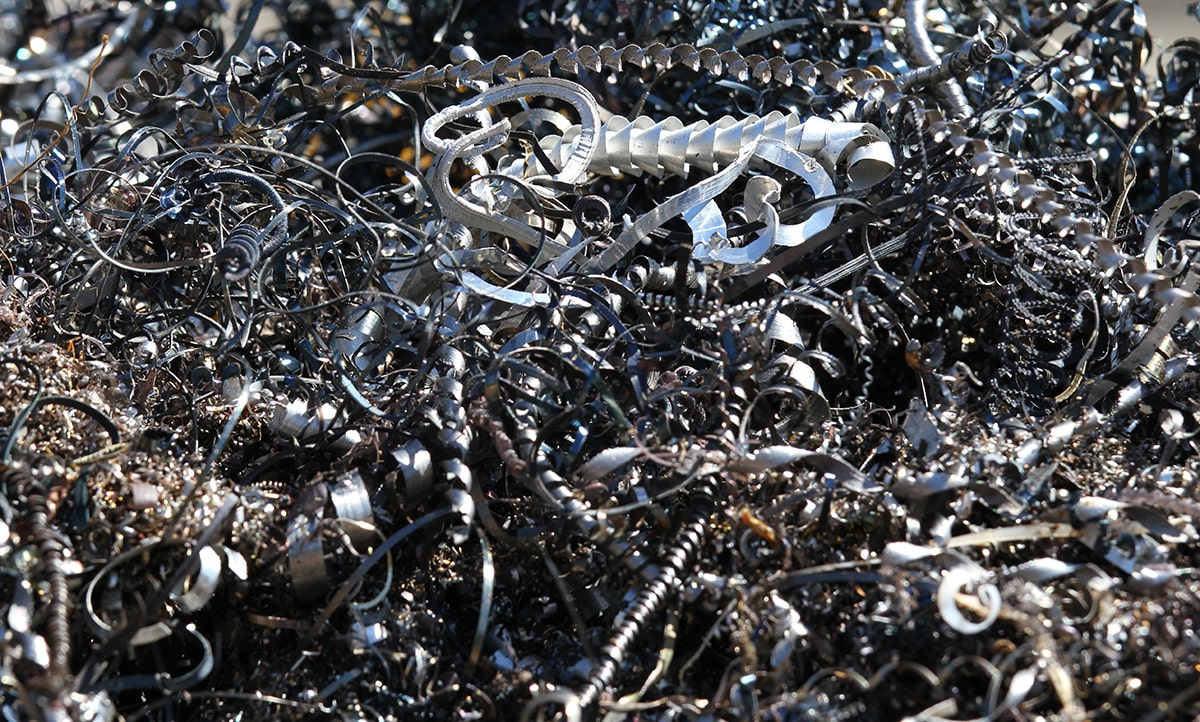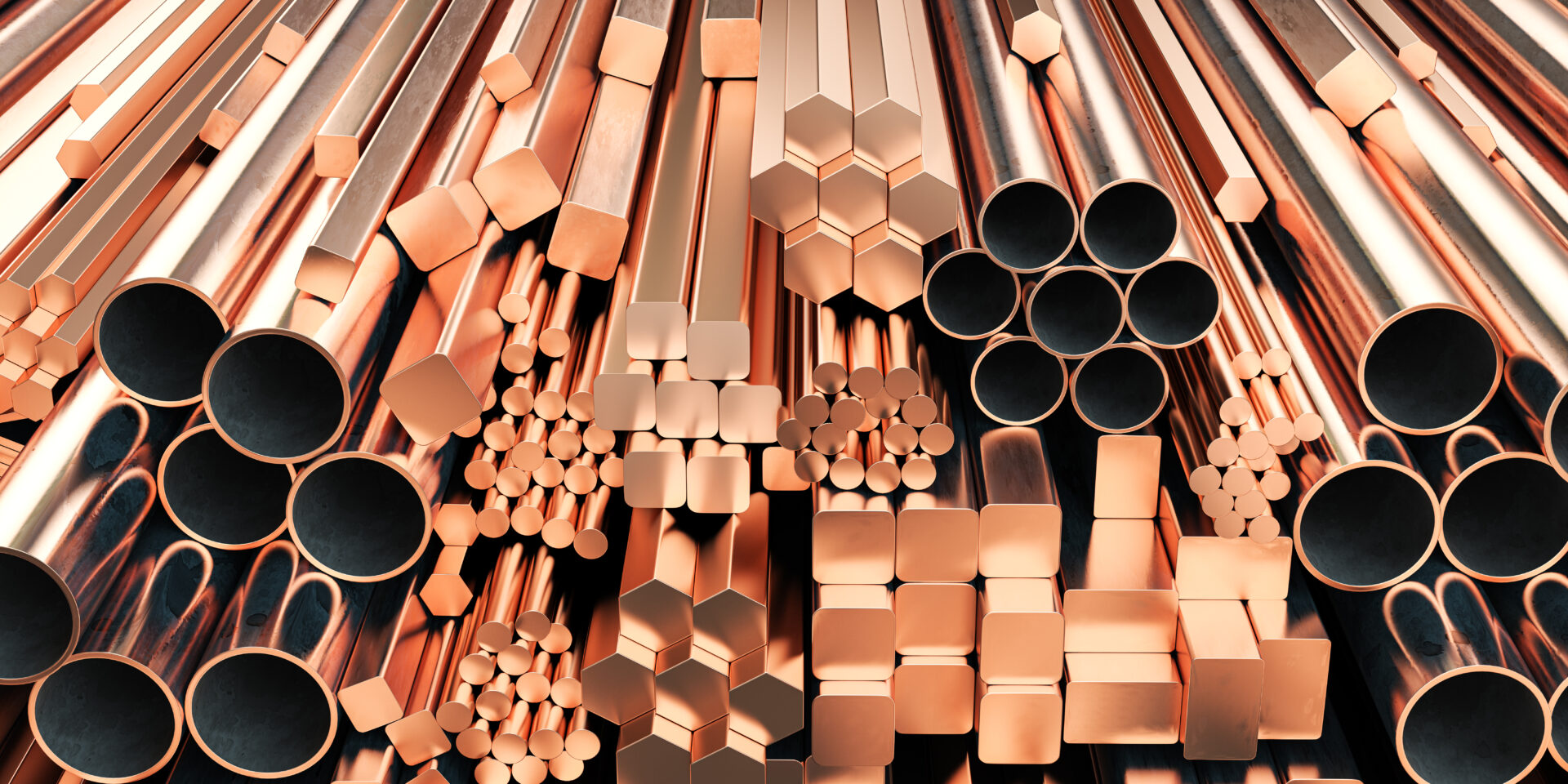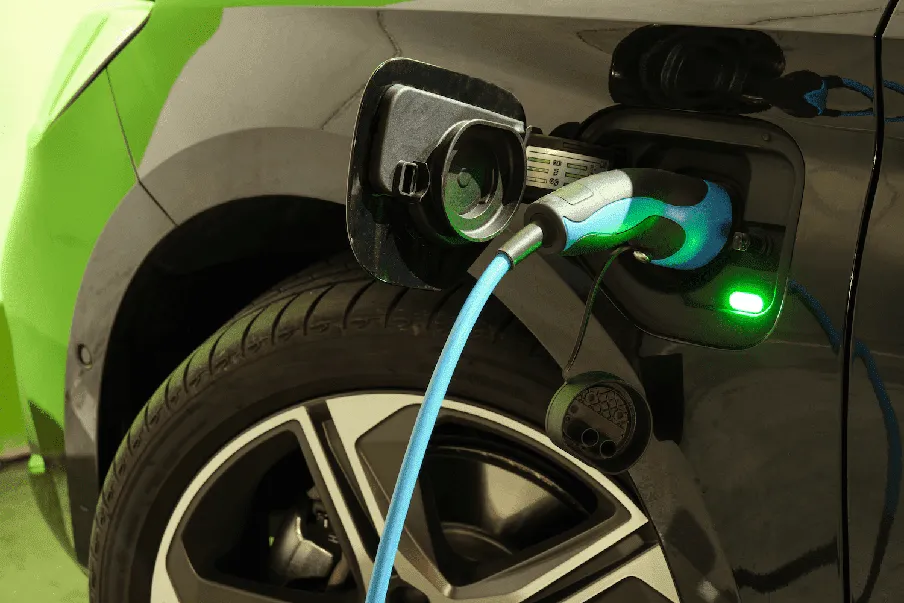
Ferrous and non-ferrous metals both in high demand for recycling! The global market for the recycling of used metals should grow significantly, according to a new report by Zion Market Research.
A key factor in that is rapid industrialization and urbanization worldwide.
Their report, “Metal Recycling Market: Global Industry Analysis, Size, Share, Growth, Trends, and Forecasts 2016–2024,” noted that global metal recycling would also expand due to a growing awareness of the benefits of recycling used metals.
Recycled metals are used in the production of healthy and environmentally beneficial green energy.
The global metal recycling market is classified mainly as ferrous metal and non-ferrous metal. Not everyone fully understands the difference between the two, but there is a clear distinction.
Ferrous vs. Non-Ferrous Metals
All ferrous metals contain some form of iron which make them magnetic in quality. Ferrous metals also include different types of steel. Stainless steel, mild steel, carbon steel, cast iron, and wrought iron are good examples.
Steel is among the most-heavily recycled materials in the world. The most commonly recycled items are scrap from industrial processes, and products that have reached the end of their life span.
That includes appliances, vehicles, industrial machinery and construction materials.
Environmental risks are reduced by recycling ferrous metals. Those risks are posed when these items get discarded instead of recycled. Today the steelmaking industry makes great use of scrap metal.
On the other hand, non-ferrous metals are the opposite. They contain no iron, don’t have a magnetic quality and usually resist corrosion better than ferrous metals.
Raw metals are placed in the same category as non-ferrous metals. They include copper, lead, tin, aluminum, aluminum alloys, and gilding metal. Other examples of non-ferrous metals include brass and silver.
Non-ferrous metals get used because they’re non-magnetic and have special properties like high conductivity and resistance to corrosion.
These metals are produced by primary as well as secondary production methods. Secondary production refers to recycling of metal from scraps.
GLE Scrap’s Recycling Solution – Ferrous and Non-Ferrous Metals
GLE Scrap Metal is committed to providing top dollar for all types of metals, both ferrous and non-ferrous.
Bring your scrap metals to our clean and environmentally-friendly facilities, where our dedicated staff is eager to help you.



